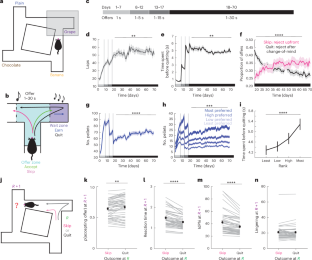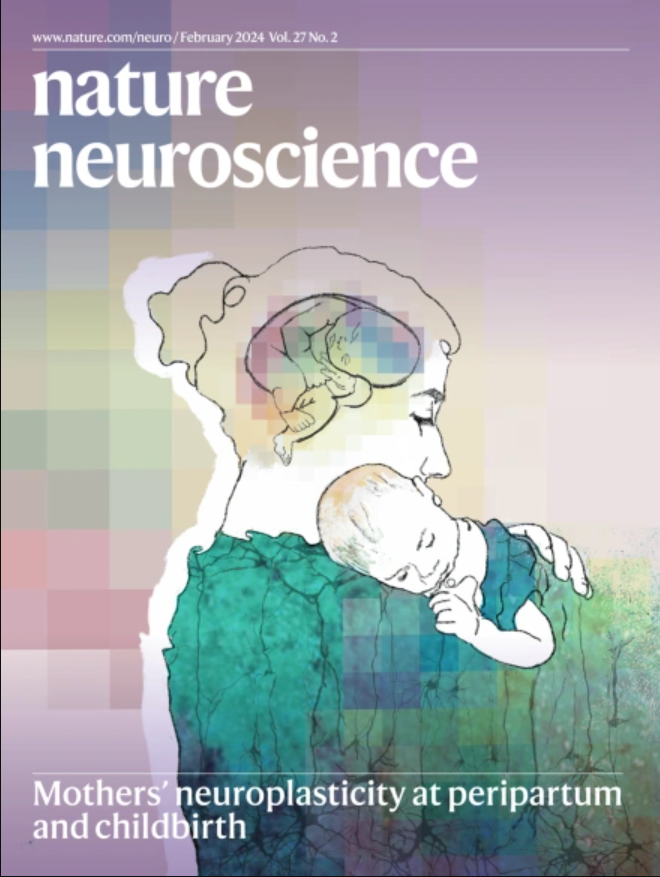Individual differences in decision-making shape how mesolimbic dopamine regulates choice confidence and change-of-mind
IF 20
1区 医学
Q1 NEUROSCIENCES
引用次数: 0
Abstract
Nucleus accumbens dopamine signaling is an important neural substrate for decision-making. Dominant theories generally discretize and homogenize decision-making, when it is in fact a continuous process, with evaluation and re-evaluation components that extend beyond simple outcome prediction into consideration of past and future value. Extensive work has examined mesolimbic dopamine in the context of reward prediction error, but major gaps persist in our understanding of how dopamine regulates volitional and self-guided decision-making. Moreover, there is little consideration of individual differences in value processing that may shape how dopamine regulates decision-making. Here, using an economic foraging task in mice, we found that dopamine dynamics in the nucleus accumbens core reflected decision confidence during evaluation of decisions as well as both past and future value during re-evaluation and change-of-mind. Optogenetic manipulations of mesolimbic dopamine release selectively altered evaluation and re-evaluation of decisions in mice whose dopamine dynamics and behavior reflected future value. Differences in neuroeconomic decision-making influence nucleus accumbens dopamine dynamics and reflect choice confidence during evaluation, as well as past and future value during re-evaluation, which can causally lead to change-of-mind behaviors.


决策的个体差异决定了中脑边缘多巴胺如何调节选择、信心和改变主意
伏隔核多巴胺信号是决策的重要神经基础。主流理论通常将决策离散化和同质化,而决策实际上是一个连续的过程,评估和再评估的组成部分超越了简单的结果预测,考虑了过去和未来的价值。大量的工作已经在奖励预测错误的背景下研究了中脑边缘多巴胺,但我们对多巴胺如何调节意志和自我引导决策的理解仍然存在重大差距。此外,很少考虑价值处理中的个体差异,这可能会影响多巴胺如何调节决策。在这里,我们使用小鼠的经济觅食任务,发现伏隔核核心的多巴胺动态反映了决策评估时的决策信心,以及重新评估和改变主意时的过去和未来价值。中脑边缘多巴胺释放的光遗传学操作选择性地改变了多巴胺动力学和行为反映未来价值的小鼠对决策的评估和再评估。
本文章由计算机程序翻译,如有差异,请以英文原文为准。
求助全文
约1分钟内获得全文
求助全文
来源期刊

Nature neuroscience
医学-神经科学
CiteScore
38.60
自引率
1.20%
发文量
212
审稿时长
1 months
期刊介绍:
Nature Neuroscience, a multidisciplinary journal, publishes papers of the utmost quality and significance across all realms of neuroscience. The editors welcome contributions spanning molecular, cellular, systems, and cognitive neuroscience, along with psychophysics, computational modeling, and nervous system disorders. While no area is off-limits, studies offering fundamental insights into nervous system function receive priority.
The journal offers high visibility to both readers and authors, fostering interdisciplinary communication and accessibility to a broad audience. It maintains high standards of copy editing and production, rigorous peer review, rapid publication, and operates independently from academic societies and other vested interests.
In addition to primary research, Nature Neuroscience features news and views, reviews, editorials, commentaries, perspectives, book reviews, and correspondence, aiming to serve as the voice of the global neuroscience community.
 求助内容:
求助内容: 应助结果提醒方式:
应助结果提醒方式:


